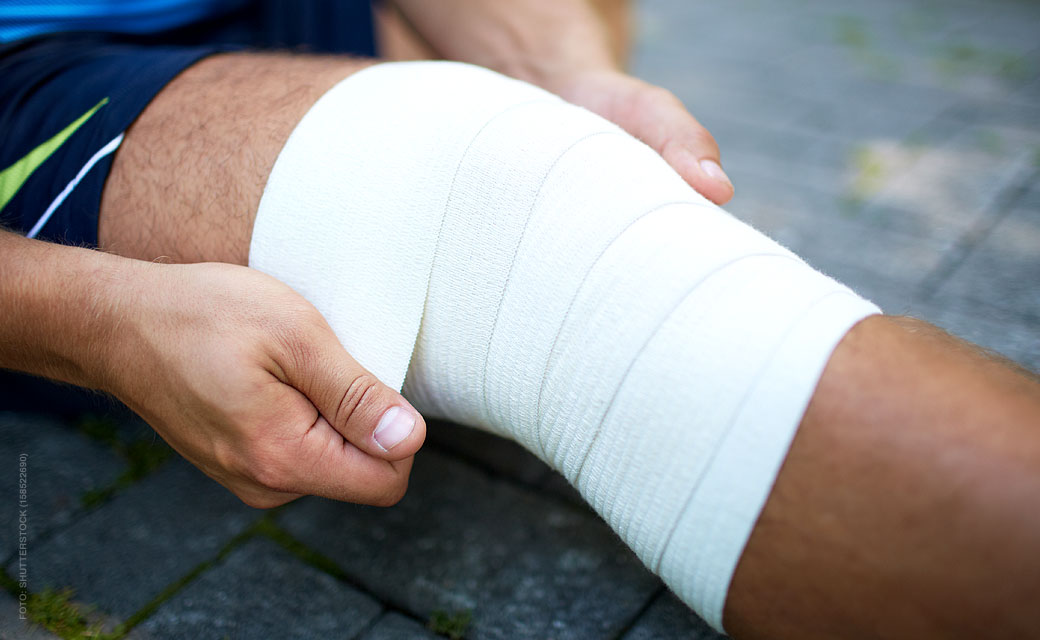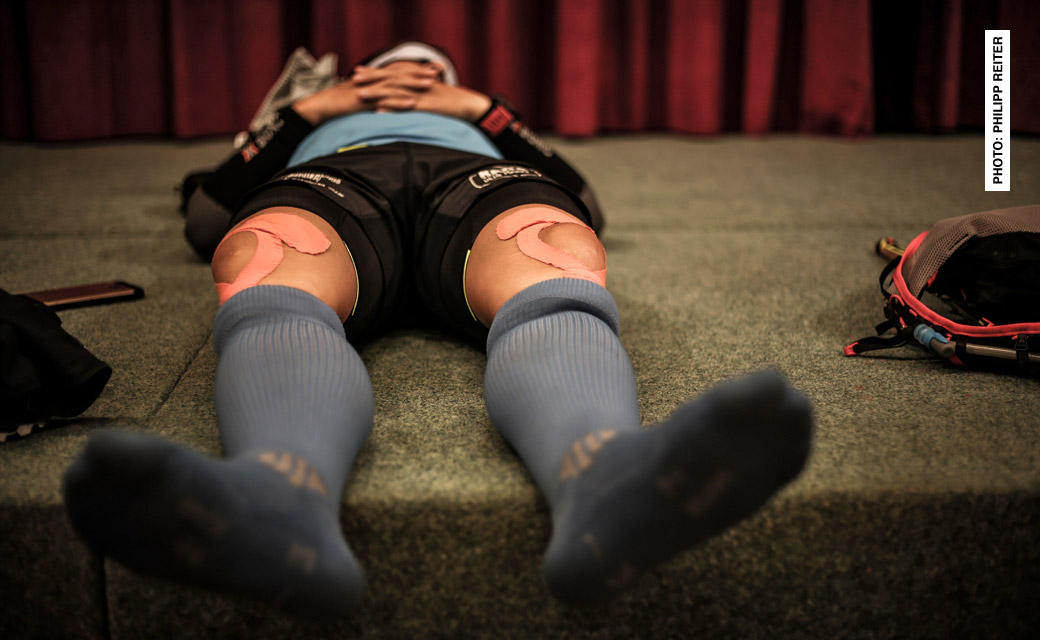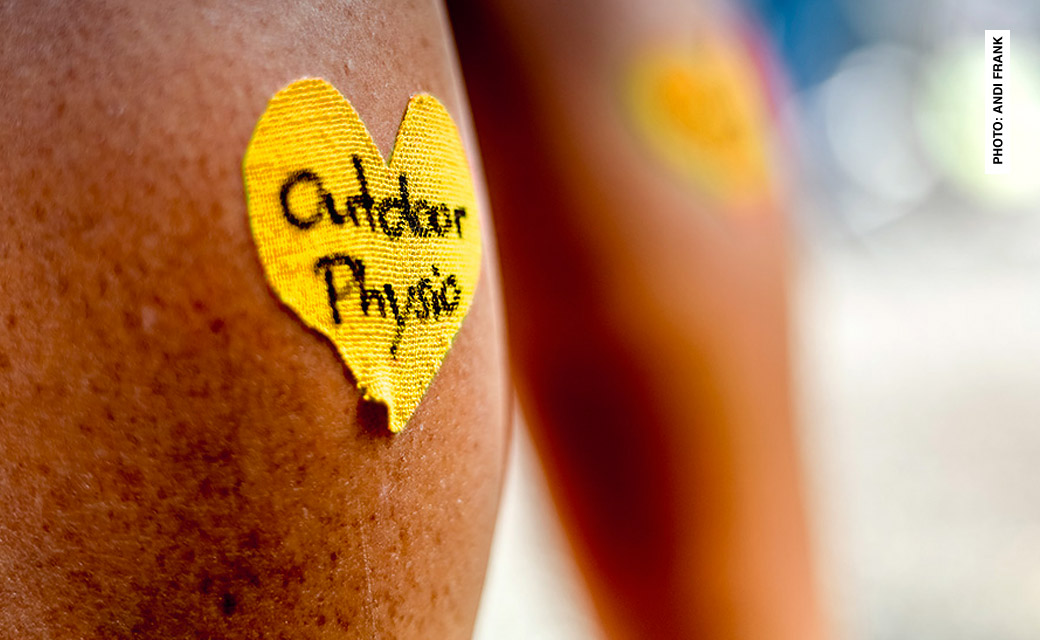"New ice? What's behind all this?" This was exactly what we thought when we first came into contact with MEDIVID.
We were immediately informed about this by our newly acquired premium partner: MEDIVID's cooling bandages not only manage to combine all the positive effects of cooling measures, they even supplement them with the extremely valuable benefits of compression. At the same time, this type of bandage can reduce side effects or application errors, which we know from improper use of ice or cool packs, to a minimum. And the best thing for us as a mobile physio team: MEDIVID CRYO does not require pre-cooling in the refrigerator or cool box.
D-Day is quickly getting closer. Your excitement and nerves are growing. Intense training weeks are behind you, and yet you keep asking yourself over and over: “Have I really trained enough?” The worry about not having trained sufficiently is something many runners know all too well. Especially recreational athletes. The result: Despite tired legs and a weary mind, you give it your all in the last few weeks before the race, and train for all you’re worth. And that is precisely one of the biggest mistakes you can make before a long-distance run or an ultra. Because it’s just too late at that point to make up for any failures or mistakes in a training plan. You can’t work wonders in the last few weeks before a big run. In fact, the opposite is true: If you put the pedal to the medal in the final training phase you can do more harm than good. It’s not unusual that big performance breakdowns, exhaustion on race day, or even injuries stem from an overload of intense training all the way up to the end. Instead, you should put up your legs more often. Because the body has to recover to be able to call up your highest performance on D-Day. The magic word: tapering!
Training overload in runners: What are the most common running injuries, and how they can be avoided
Ultrarunning means to stress your body above and beyond the normal amount. That only works when you put in the appropriate training. Novices, in particular, often increase their training load too quickly despite muscles, tendons, ligaments and bones not being accustomed to the stresses. But novices aren’t the only ones who battle overload injuries again and again – so too do experienced runners.
» An ultramarathon is a running event that takes place over a distance greater than the 42.195 kilometers / 26.219 miles of a marathon. « This is not just the definition that you’ll find on Wikipedia, it’s also the definition used by international athletics associations. However, unlike other events organized by those associations, Ultra Running has no clearly defined distances such as Sprint, Middle Distance or Long Distance races. In general, you can say that anything longer than a marathon is ultra running. As far as distance is concerned, essentially there are no upper limits.
This contribution is aimed at regeneration, often neglected by many, especially now in winter. Because at some point even the most well-trained body needs a break, really. Even if you may not always believe it. Of course, this does not mean that you should not move during the winter months, but there are sensible supplements and alternatives that are simply good for you. More insight and really good tips can now be found in the following. Thank you very much for your comments Sandra and Team! Again and again with pleasure.
Read more: Regeneration in winter — for trail runners and mountain climbers




